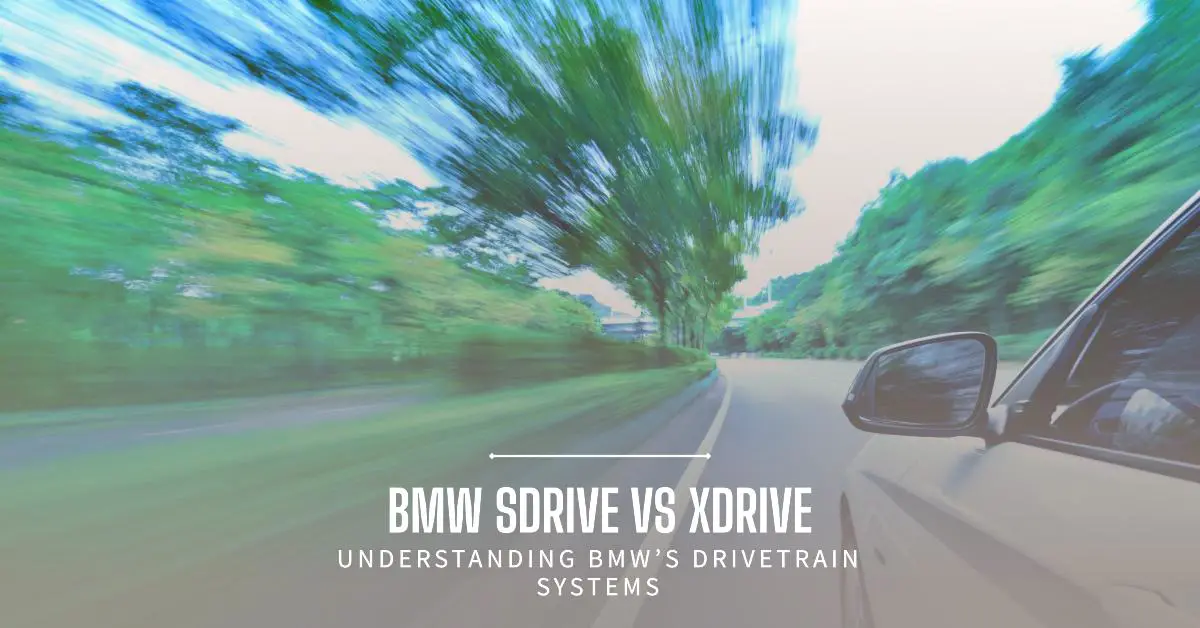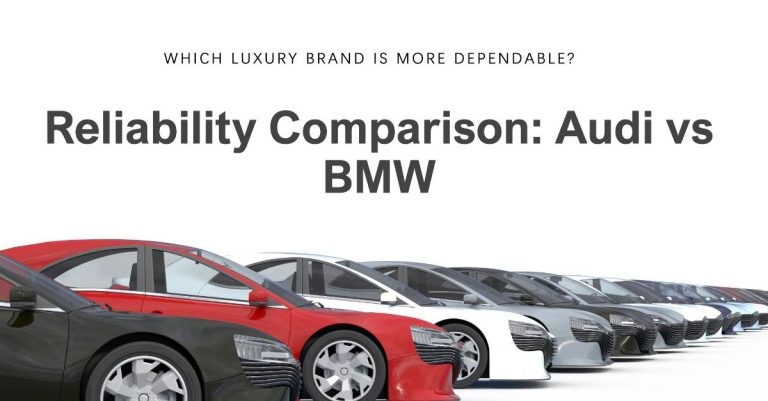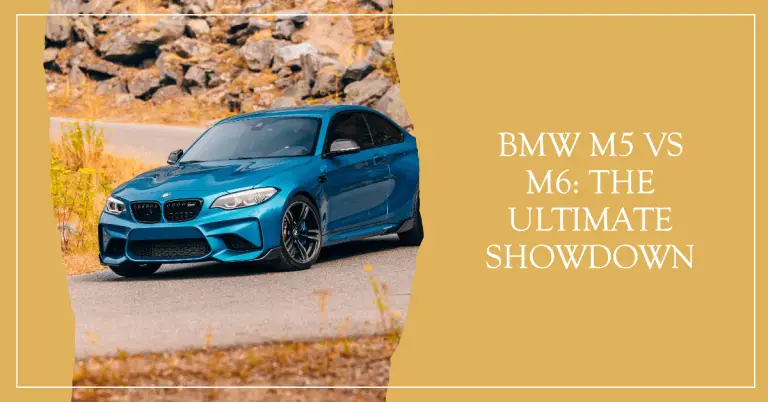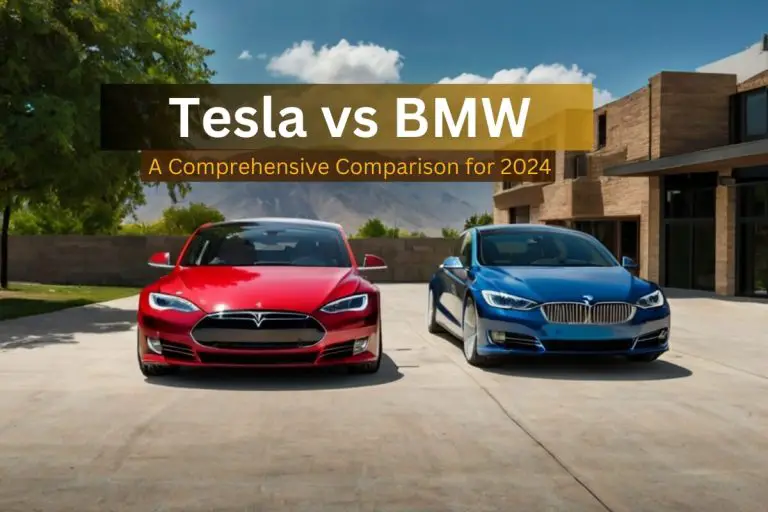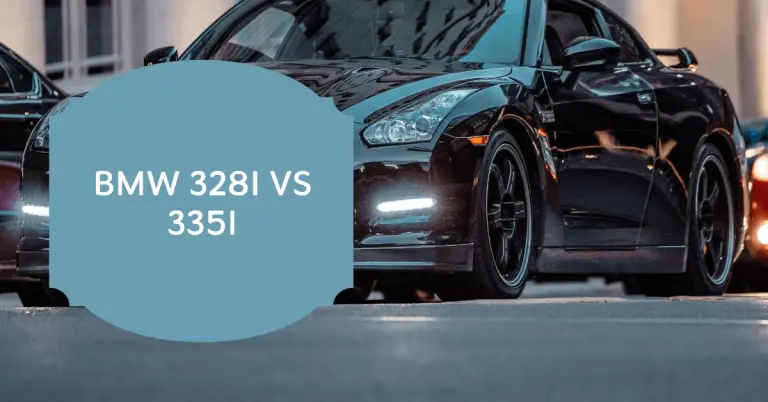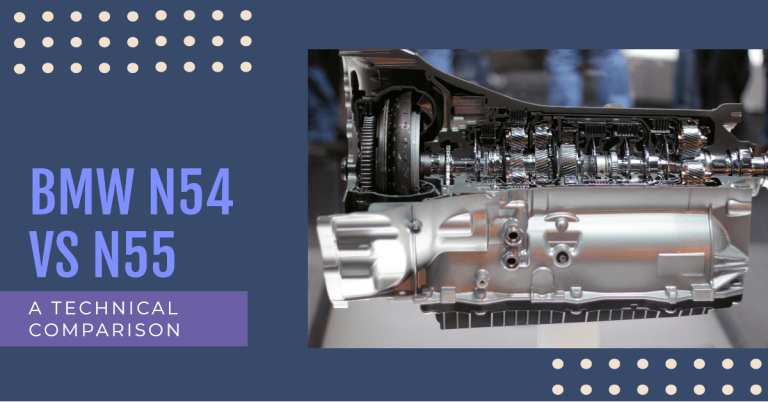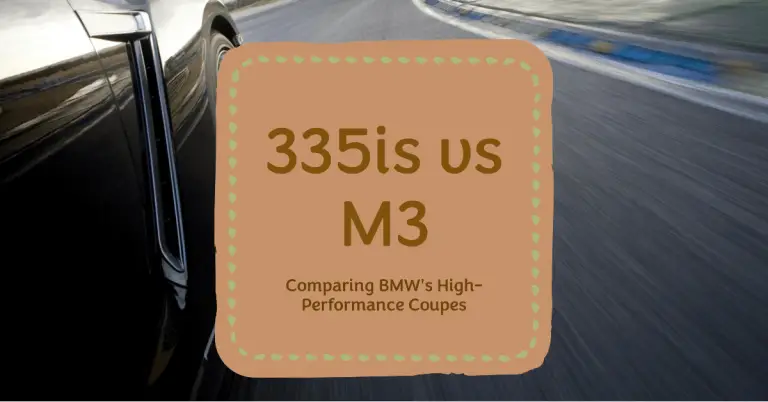BMW sDrive vs xDrive: Understanding BMW’s Drivetrain Systems
For decades, BMW has been synonymous with performance, luxury, and a driving experience that keeps enthusiasts coming back. A key part of that experience is the drivetrain technology that powers the wheels and determines how a BMW handles in various conditions. But what exactly is the difference between BMW’s sDrive and xDrive systems? Which one is right for your driving needs and priorities?
In simple terms, sDrive refers to BMW’s two-wheel drive models, while xDrive is their advanced all-wheel drive system. The main distinction is that sDrive powers just two wheels (front or rear), while xDrive dynamically distributes power across all four wheels as needed.
To help you make an informed choice, this in-depth guide will cover the key aspects of each drivetrain, including:
- Definitions and technical details of sDrive and xDrive
- Core advantages and disadvantages of two-wheel vs all-wheel drive
- Performance metrics like acceleration, traction, and fuel efficiency
- Which specific BMW models come standard with sDrive or xDrive
- When it makes sense to opt for sDrive vs xDrive based on your driving needs
- How to experience the difference through test drives and research
Whether you’re a long-time BMW enthusiast or shopping for your first Ultimate Driving Machine, understanding these drivetrain technologies is crucial. Let’s dive in!
What is BMW sDrive?
BMW’s sDrive refers to their two-wheel drive system, which powers either the front or rear wheels depending on the model. The vast majority of sDrive BMWs are rear-wheel drive, channeling that classic BMW driving feel with power going to the rear axle.
However, there are exceptions like the BMW X1 and X2, which use a front-wheel drive sDrive configuration. This offers a different dynamics more suited to the crossover SUV body style.
Regardless of whether it’s front or rear-driven, all sDrive models employ BMW’s unique torque vectoring technology. This actively monitors traction levels and can distribute power between the left and right wheels to improve grip and handling response, especially when cornering.
The core advantages of choosing a BMW sDrive model include:
- Improved fuel efficiency since only two wheels are driven
- A more engaging, sporty driving feel (especially for rear-wheel drive sDrive)
- Generally lower purchase prices compared to xDrive AWD versions
So if you prioritize liveliness and want to maximize MPG ratings, a BMW with sDrive could be the way to go, especially if you don’t routinely encounter slippery conditions.
What is BMW xDrive?
BMW’s xDrive represents their intelligent all-wheel drive system, dynamically distributing power between all four wheels for maximum traction and control. It’s an advanced AWD setup that goes far beyond traditional fixed four-wheel drive vehicles.
The xDrive system constantly monitors road conditions and can shift power distribution in an instant if it detects any wheel slippage. This allows the BMW to maintain optimal grip even when roads are slick from rain, snow, or mud.
Beyond just straight-line traction, xDrive works in tandem with BMW’s Dynamic Stability Control to provide enhanced cornering capabilities. It can send power to the outside rear wheel during enthusiastic driving to reduce understeer and keep the vehicle firmly planted.
Key advantages of opting for BMW xDrive include:
- Superior traction and control in all weather conditions
- Enhanced acceleration from a standstill thanks to AWD grip
- Sharper, more responsive cornering performance
- Increased towing capacity versus two-wheel drive sDrive models
Of course, the extra hardware and capability of xDrive does come with some tradeoffs, most notably higher purchase prices, reduced fuel efficiency ratings, and added drivetrain complexity. But for many buyers, the performance and all-weather benefits easily justify the costs.
Key Differences Between sDrive and xDrive
To clearly illustrate how these BMW drivetrain technologies differ, let’s directly compare sDrive and xDrive across some core areas:
Number of Driven Wheels
- sDrive = Two wheels (front or rear)
- xDrive = All four wheels
Power Distribution
- sDrive = Static; power only goes to front or rear axle
- xDrive = Dynamic; instantly shifts power between all four wheels
Traction and Performance
- sDrive = Can struggle for traction in slippery conditions; sportier feel
- xDrive = Maximizes grip in any condition; enhanced acceleration/cornering
Fuel Efficiency
- sDrive models typically 1-2 MPG higher ratings
- xDrive takes small efficiency penalty to drive all four wheels
So in essence, sDrive prioritizes simplicity, efficiency, and sporty dynamics, while xDrive adds layers of capability when it comes to traction, performance, and all-weather control. The decision comes down to balancing your specific priorities in those areas.
Which BMW Models Have sDrive or xDrive?
To give you a better sense of how these drivetrain technologies are employed across the BMW lineup, let’s look at which models come standard with sDrive or xDrive:
Models with Standard sDrive
- BMW X1
- BMW X2
- BMW X3
- BMW X5
- BMW X6
- BMW 7 Series sedan
- BMW Z4 roadster
Models with Available sDrive or xDrive
- BMW 2 Series
- BMW 3 Series
- BMW 4 Series
- BMW 5 Series
- BMW 8 Series
Models with Standard xDrive
- BMW X4
- BMW X7
- BMW i8
- BMW M5
- BMW M8
- BMW X3 M
- BMW X4 M
- BMW X5 M
- BMW X6 M
As you can see, sDrive is standard on most of BMW’s crossover SUV and sedan models, with xDrive as an option. The M performance and ultra-luxury vehicles tend to prioritize xDrive’s enhanced capabilities right from the factory.
Performance Comparisons
Numbers never tell the full story, but looking at acceleration metrics and real-world tests can help quantify the performance differences between sDrive and xDrive BMW models:
0-60 MPH Times
- 2023 BMW X2 sDrive28i: 6.6 seconds
- 2023 BMW X2 xDrive28i: 6.3 seconds
- 2023 BMW X3 sDrive30i: 6.0 seconds
- 2023 BMW X3 xDrive30i: 6.0 seconds
- 2023 BMW X5 sDrive40i: 5.3 seconds
- 2023 BMW X5 xDrive40i: 5.3 seconds
In many cases, the xDrive models demonstrate quicker straight-line acceleration thanks to their enhanced traction off the line. However, BMW’s torque vectoring can help level the playing field for hard launches.
Where xDrive really shines is in dynamic handling situations like emergency maneuvers or taking corners at speed. The ability to actively transfer power between wheels provides sharper turn-in, reduced understeer, and overall higher limits.
Numerous automotive publications have put xDrive BMWs through their paces on low-grip surfaces like snow or mud bogs. Consistently, the xDrive system shows its prowess for easily powering through tough conditions that would leave sDrive versions stuck or severely lacking for traction.
So while sDrive can certainly hang tough in fair weather conditions, xDrive’s performance advantages become clearer when you inject challenging variables into the mix.
Cost and Pricing Factors
There’s no getting around the fact that xDrive’s advanced AWD hardware adds cost over an sDrive equivalent. BMW typically charges between $2000-$4000 to upgrade to xDrive on models where it’s an option.
For example, the 2023 BMW X3 sDrive30i starts at $45,700 MSRP, while the xDrive30i comes in at $47,700 – a $2000 premium just for the drivetrain.
You also have to factor in slightly higher long-term costs for an xDrive BMW in terms of:
- Lower fuel economy ratings (1-2 MPG deficit)
- More frequent differential/transfer case maintenance
- Faster tire wear from the added drivetrain weight
So there’s certainly an investment, both upfront and over time, to enjoy xDrive’s capabilities. It’s up to each buyer to decide whether the performance benefits justify those costs based on their budget and needs.
When to Choose sDrive vs xDrive?
At this point, you have a solid grasp of how BMW’s sDrive and xDrive systems differ across the key areas of performance, traction, efficiency, and cost. But which one should you actually choose when buying a new BMW? Here are some guidelines on when sDrive or xDrive makes the most sense:
Consider sDrive if:
- You live in an area with a mild climate and rarely encounter snow, ice, or other slippery conditions
- Sporty, rear-wheel drive dynamics and handling are a top priority
- Maximizing fuel efficiency is important to minimize running costs
- You’re looking to keep the initial purchase price as low as possible
BMWs with the sDrive setup, especially in rear-wheel drive form, deliver that classic athletic driving feel that suits spirited motoring on dry, well-maintained roads. And with no drivetrain components for AWD, they can be lighter, more affordable, and more fuel-efficient than xDrive counterparts.
Consider xDrive if:
- You experience harsh winter weather or routinely drive on unpaved roads
- You want maximum traction and control for active driving or towing
- You prioritize straight-line acceleration performance over ultimate efficiency
- You don’t mind paying a bit more upfront for the enhanced capability
There’s no denying xDrive’s strengths for all-weather traction, hauling performance, and pushing a BMW’s limits without sacrificing control. The intelligent AWD system provides reassuring gripliness in even the toughest conditions. For drivers who need that peace of mind or crave max performance, xDrive is hard to beat.
Ultimately, there’s no “perfect” choice that suits everyone. It comes down to your local climate, typical driving scenarios, budget factors, and personal priorities behind the wheel. An honest assessment of those needs should point you towards sDrive or xDrive as the better fit.
How to Experience the Difference
While this guide has thoroughly outlined the technical distinctions between BMW’s sDrive and xDrive systems, there’s truly no substitute for experiencing them firsthand. Getting seat time in comparable sDrive and xDrive models back-to-back is the best way to solidify your preference.
Most BMW dealerships will be happy to facilitate test drives that let you sample the differences on a variety of road surfaces and conditions. Simply let them know upfront that you’re comparing drivetrains so they can coordinate accordingly.
You can also take advantage of online tools and configurators from BMW to build out and compare sDrive vs xDrive spec’d vehicles. This allows you to estimate real-world costs, performance metrics, and efficiency figures for a true apples-to-apples comparison tailored to your criteria.
Between firsthand test drives, online research, and the information here, you’ll be an informed shopper fully capable of selecting the ideal drivetrain for your needs. Don’t settle for anything less than your perfect BMW driving experience!

